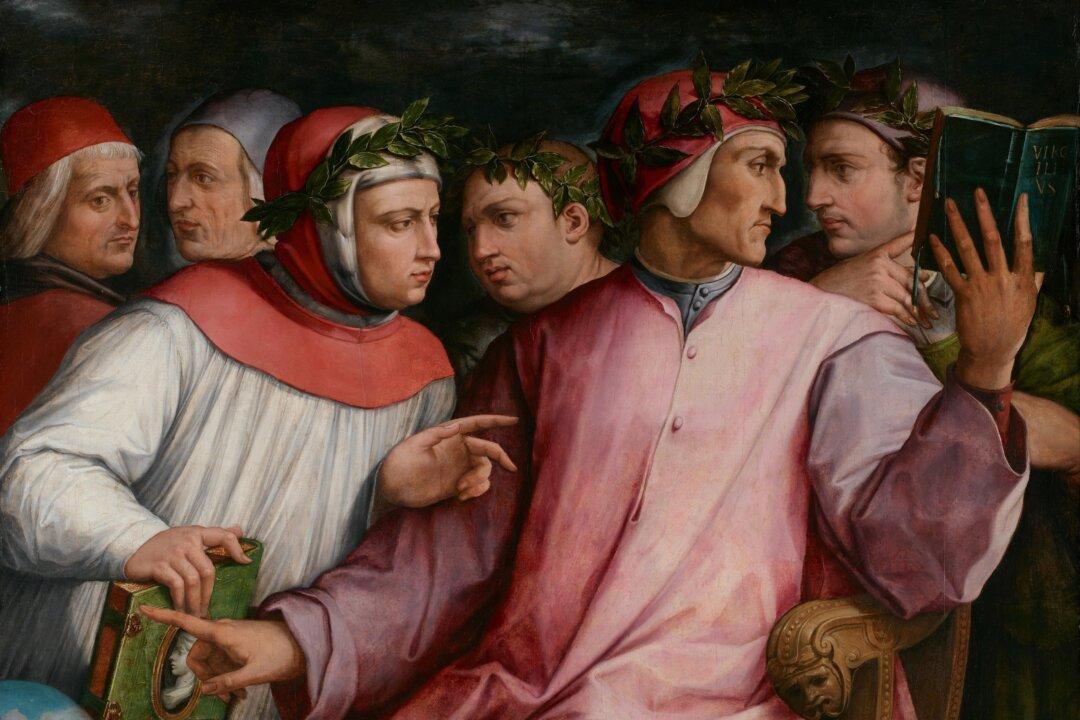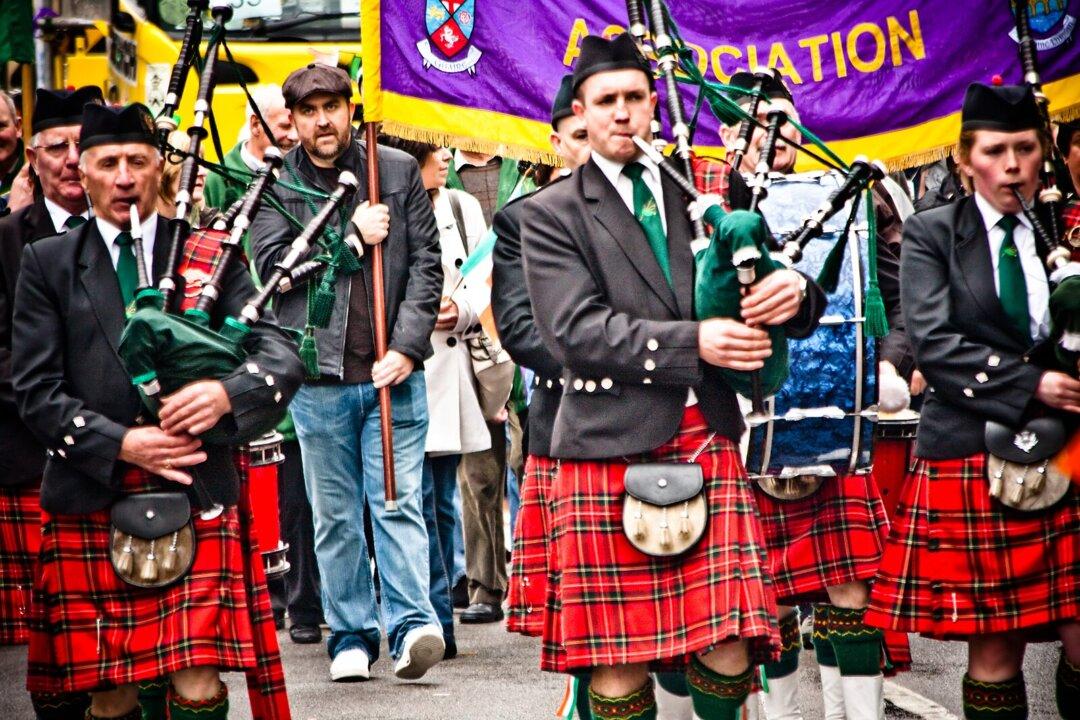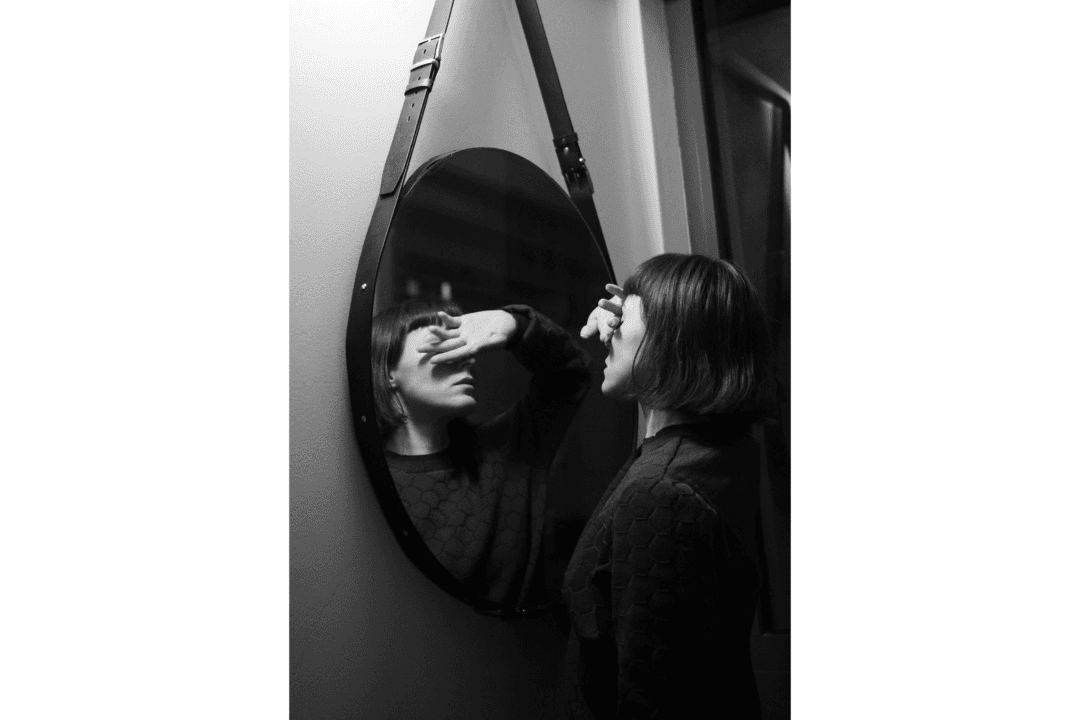“What is poetry?” A simple enough question, and if asked in sincerity would most likely be asked by someone under 10 years old. Most people would answer that 10-year-old, “Oh, you know…” and rattle off names or bits of verse from Mother Goose, Dr. Seuss, or Shel Silverstein, or probably with less success to a 10-year-old, Shakespeare, Poe, or Longfellow. And that, in truth, is poetry to most people.
But what qualifies as poetry today looks very different from that answer. Leading poets today, in terms of book sales and in terms of being able to maintain a job in the name of poetry (meaning almost exclusively college English professors), use poetry in a different way. The rhyme, meter (consistent rhythm), and relatively straightforward narrative style of the Mother Goose writer, Shakespeare, and ancient Greek poets like Homer have been replaced by poetry that chiefly conveys its feelings, insights, and observations in a multitude of ways that defy a readily describable order.






